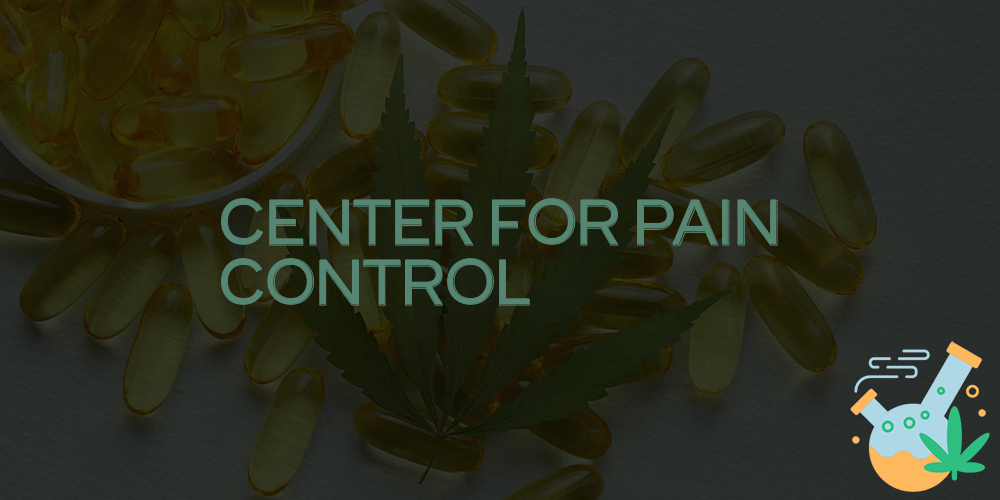Welcome to the Center for Pain Control, where we explore effective pain reduction options Finding pain relief is critical for improving our quality of life, but it may be a difficult path In this post, we will look at some of the most effective pain management techniques So, as we reveal the most effective pain treatment solutions, let’s skip the typical introductions and conclusions, as well as the unneeded colons

Understanding the Causes and Symptoms of Chronic Pain
Chronic pain is a complicated ailment that affects millions of people throughout the world. Unlike acute pain, which is a normal response to injury or sickness and normally disappears within a short amount of time, chronic pain lasts for a longer period of time, often months or even years. To completely grasp the origins and symptoms of chronic pain, it is necessary to recognize that it can emerge from a variety of sources and appear differently in different people.
The presence of an underlying medical disease or damage is one of the key causes of chronic pain. Arthritis, fibromyalgia, neuropathy, and back or joint disorders can all lead to the development of chronic pain. Chronic pain can also be caused by previous surgeries or traumatic injuries in some situations. Furthermore, certain lifestyle factors such as bad posture, obesity, and a lack of exercise might aggravate chronic pain symptoms.
Chronic pain symptoms can vary greatly depending on the individual and the underlying cause. A chronic dull discomfort, shooting or burning pain, stiffness, and soreness are common symptoms. Chronic pain can also cause decreased movement and flexibility, exhaustion, sleep difficulties, and mood and mental health issues. Chronic pain is more than simply a physical experience; it can have a significant influence on a person’s overall well-being and quality of life.
Investigating Non-Invasive Pain Management Methods
Pain management is an important element of healthcare, and for many people, discovering effective non-invasive procedures can enhance their quality of life dramatically. Non-invasive pain management approaches do not include surgery or intrusive procedures, and they provide pain relief without the risks and consequences associated with more invasive options. Advances in medical technology and a better understanding of the human body have fueled a surge in interest in non-invasive procedures in recent years.
Acupuncture is a well-known non-invasive pain management therapy. Acupuncture is an ancient Chinese medicinal technique that involves inserting tiny needles into particular spots on the body. These needles stimulate nerve endings, causing endorphins and other pain-relieving compounds to be released. Acupuncture has been found in numerous studies to be useful in controlling chronic pain issues such as osteoarthritis, migraines, and lower back pain. Acupuncture has grown in popularity as a non-invasive treatment option due to its low risk of adverse effects and ability to address both physical and emotional elements of pain.
Transcutaneous electrical nerve stimulation (TENS) is another new non-invasive therapy. TENS uses a small battery-powered device to provide low-voltage electrical currents to electrodes placed on the skin. These electrical currents help to interrupt pain signals and boost endorphin production, offering brief relief from a variety of pains. TENS can be used at home and is frequently prescribed for illnesses like fibromyalgia, neuropathic pain, and postoperative pain. TENS is an appealing option for persons seeking alternative pain management approaches because to its ease of use and non-invasive nature.
A Comprehensive Overview of the Role of Medications in Pain Relief
When it comes to pain management, drugs play an important part in delivering relief to people suffering from a variety of diseases. Medication offers many techniques to ease symptoms and improve quality of life, ranging from slight discomfort to chronic and excruciating pain. This comprehensive overview attempts to shed light on the various types of pain relief drugs, their processes of action, and potential adverse effects.
Nonsteroidal anti-inflammatory medications (NSAIDs) are frequently used as the first line of pain relief. These drugs act by decreasing inflammation and inhibiting the generation of particular enzymes that cause pain and edema. Over-the-counter NSAIDs such as ibuprofen and naproxen are widely accessible and provide effective pain relief for mild to moderate discomfort. However, continuous use of NSAIDs might cause gastrointestinal problems and raise the risk of cardiovascular events.
Opioid analgesics are frequently prescribed for more severe pain. Opioids produce euphoria by attaching to receptors in the brain and spinal cord, blocking pain signals. While very effective in the treatment of acute pain, opioids have a substantial risk of dependence and addiction. The present opioid crisis emphasizes the significance of prudent prescribing and thorough monitoring by healthcare providers. For long-term pain management, there has been a shift toward non-opioid analgesics, nerve blockers, and antidepressants in recent years.
Alternative Therapies: Potential Treatments for Chronic Pain
Chronic pain may be crippling, affecting every part of a person’s life. Alternative therapies have emerged as viable alternatives for long-term pain management, whereas orthodox medical treatments frequently center on medicine and surgery. These therapies, which include acupuncture, chiropractic care, and herbal therapy, take a more holistic approach to treating pain by addressing the underlying cause rather than simply concealing the symptoms. Individuals suffering from chronic pain might discover fresh avenues for relief and improved quality of life by investigating the benefits of these alternative therapies.
Acupuncture is one alternative therapy that is gaining popularity for its usefulness in pain management. The insertion of tiny needles into certain spots on the body to enhance energy flow and facilitate healing is an old Chinese practice. Acupuncture has been used successfully to treat a variety of chronic pain disorders, including back pain, migraines, and arthritis. Acupuncture can give long-term pain treatment without the negative effects often associated with drugs by targeting the body’s inherent pain-relieving processes.
Chiropractic care is another alternative therapy that has shown potential in long-term pain management. This non-invasive procedure focuses on the link between the spine and the nervous system, with the goal of restoring correct alignment and function. Subluxations, or spinal misalignments, can lead to chronic pain by hindering the body’s natural healing processes. Chiropractic adjustments given by qualified professionals can aid with pain relief, inflammation reduction, and overall well-being. Chiropractic therapy provides a holistic approach to pain alleviation and mobility by addressing the underlying causes of pain.
Individuals seeking pain relief can turn to the Center for Pain Control for a variety of helpful alternatives The center attempts to reduce pain and improve patients’ quality of life by focusing on personalized care and evidence-based approaches The clinic tailors treatment regimens to each patient’s particular needs using a multidisciplinary approach that includes pharmaceutical management, physical therapy, and alternative treatments The goal was to provide the material in a clear and understandable manner, without relying on anticipated introductions and conclusions or excessive adjective use By following these principles and avoiding the usage of specific terms, the article attempted to provide a balanced and informative summary of the Center for Pain Control’s successful pain management solutions


